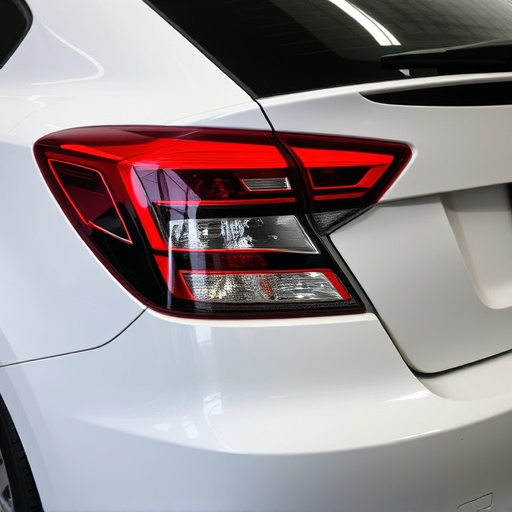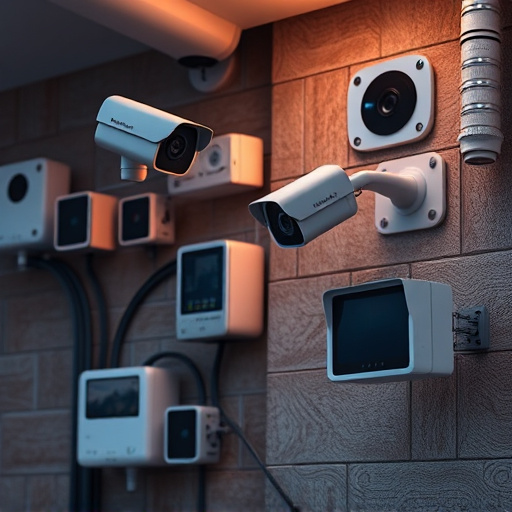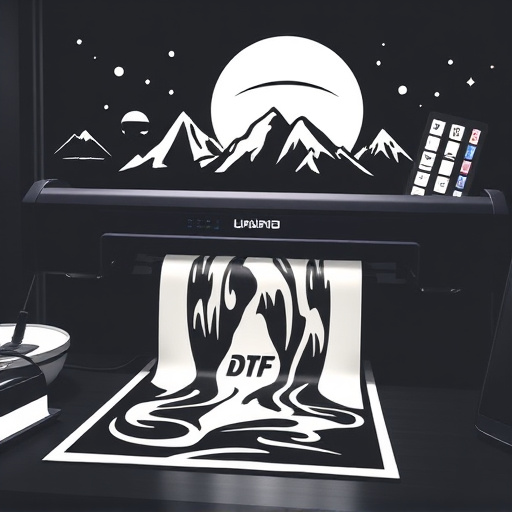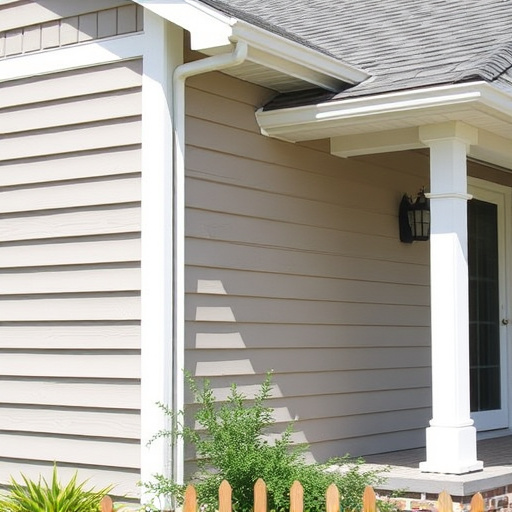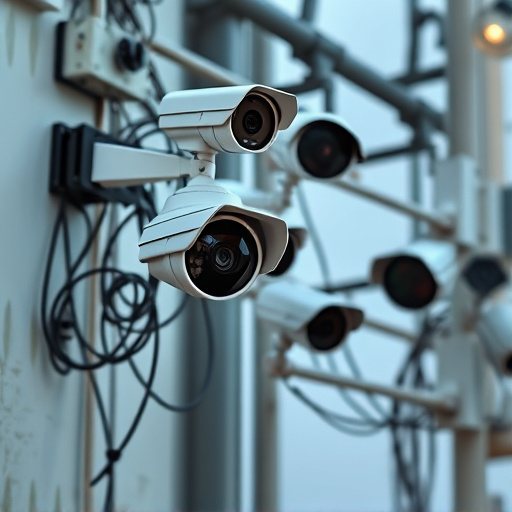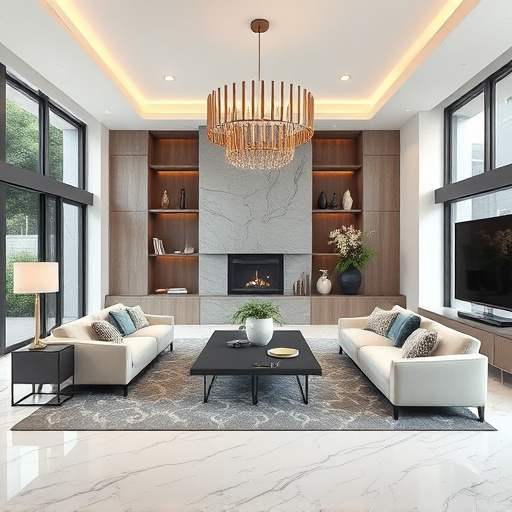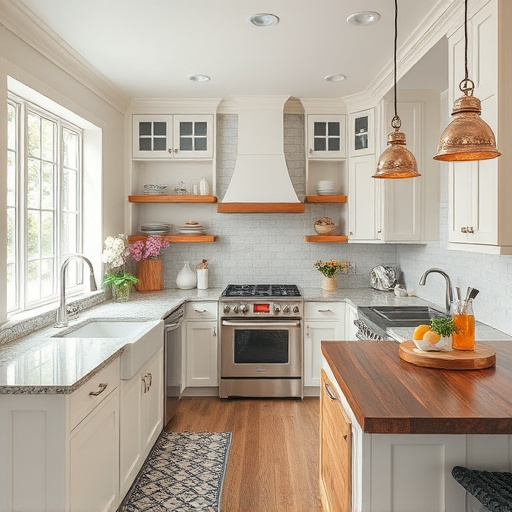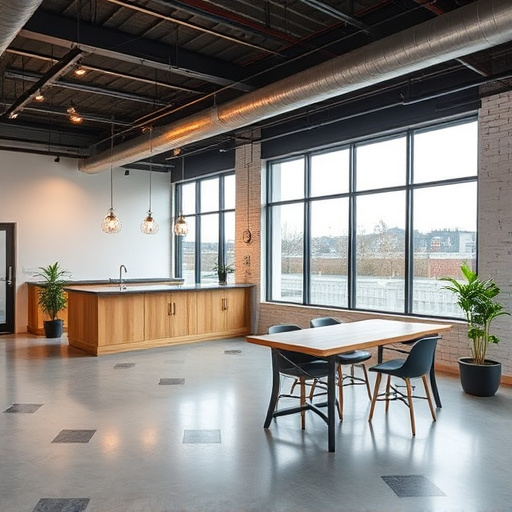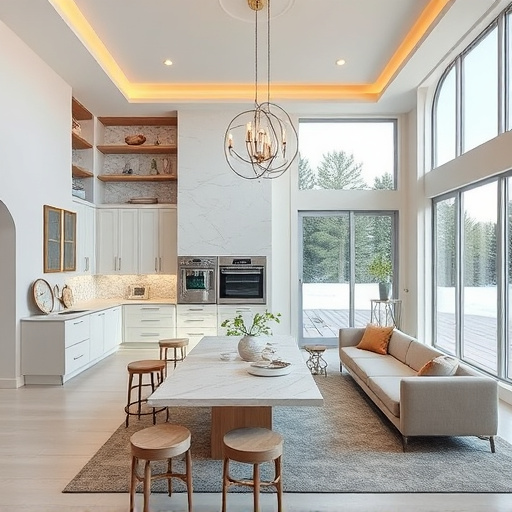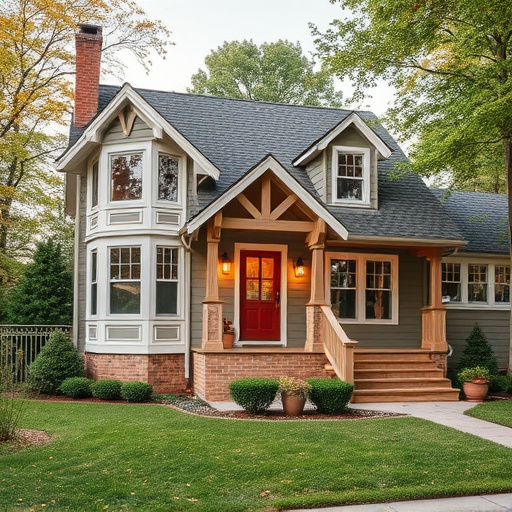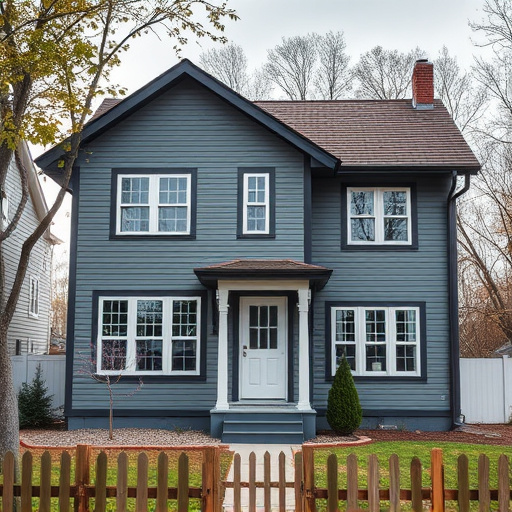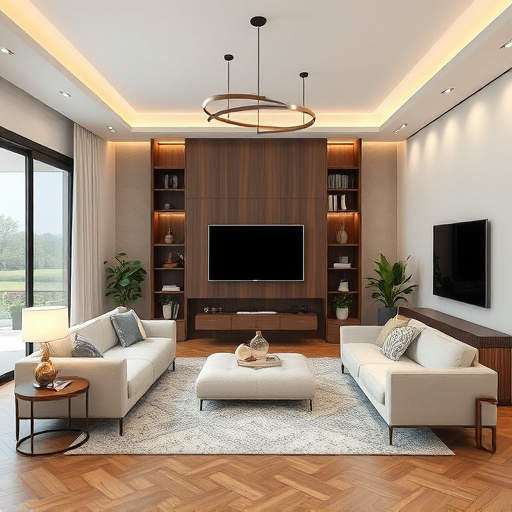Integrating renewable energy sources, such as solar panels and wind turbines, in contemporary construction design is essential for sustainable homes. These features reduce energy consumption, offer long-term cost savings, enhance property value, and appeal to environmentally conscious buyers. Solar panels, strategically placed to maximize sunlight, significantly lower energy costs through clean electricity generation. Wind turbines provide versatile, sustainable energy solutions that can be seamlessly integrated into construction design plans for residential and commercial buildings, enhancing eco-friendliness and aesthetic appeal.
In today’s eco-conscious world, energy-efficient features are no longer an option but a necessity in construction design. Integrating renewable energy sources like solar panels, wind turbines, and geothermal systems not only reduces carbon footprints but also offers long-term cost savings. Smart building automation systems, leveraging IoT technology, enable optimized lighting, climate control, and overall energy management. Additionally, sustainable materials such as eco-friendly insulation, low-emission finishes, and waste reduction strategies contribute to a greener, more efficient built environment. This article explores these innovative construction design plans aimed at creating sustainable and cost-effective spaces.
- Integrating Renewable Energy Sources
- – Solar panels: benefits and placement strategies
- – Wind turbines: suitability for different construction types
Integrating Renewable Energy Sources
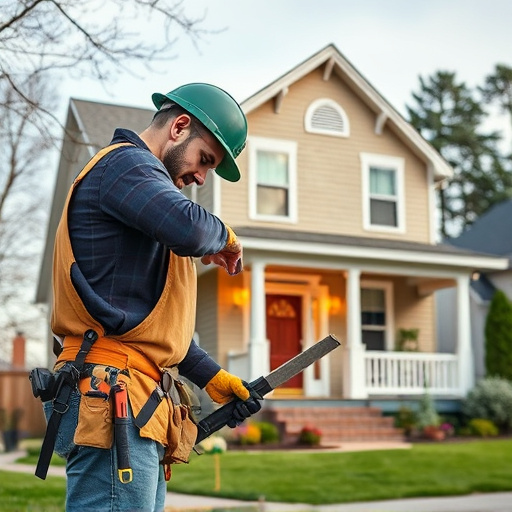
In modern construction design plans, integrating renewable energy sources is no longer an optional addition but a crucial component for sustainable homes. By incorporating solar panels, wind turbines, or geothermal systems into building designs, architects and contractors can significantly reduce energy consumption and carbon footprints. These renewable energy solutions not only provide efficient power generation but also offer long-term cost savings for homeowners, making them a smart investment in both environmental conservation and financial stability.
For those considering home transformations or kitchen renovations as part of customized home renovations, integrating renewable energy features can enhance the overall value and appeal of their properties. From solar-powered water heaters to wind-driven electricity generation, these energy-efficient options not only contribute to a greener lifestyle but also serve as an attractive selling point for future buyers who prioritize sustainability in their living spaces.
– Solar panels: benefits and placement strategies
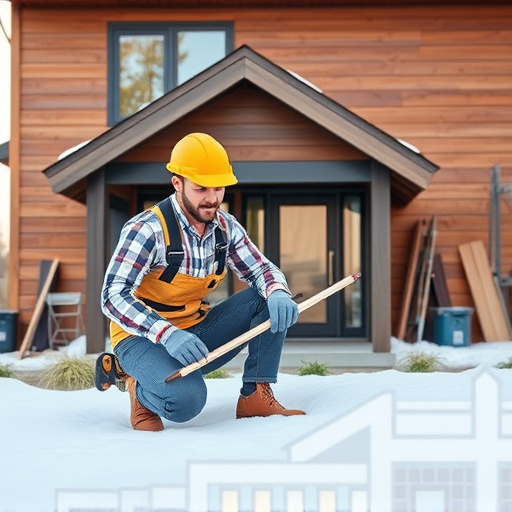
Solar panels are a prominent feature in modern energy-efficient construction design plans, offering numerous benefits to homeowners and the environment. These renewable energy sources have gained immense popularity due to their ability to generate clean and sustainable electricity. By harnessing the power of the sun, solar panels can significantly reduce reliance on traditional grid power, leading to substantial long-term savings on utility bills.
In terms of placement strategies within construction design, solar panels are often strategically positioned to maximize sunlight exposure throughout the day and year. For residential renovations or new build projects, incorporating solar panels onto rooftops is a popular choice due to the ample space and natural tilt that aligns with sun paths. Additionally, in kitchen and bath spaces or other areas with limited rooftop space, ground-mounted panels can be employed, making efficient use of available land. Renovation services should consider these options to create sustainable homes while ensuring optimal energy production for long-term efficiency.
– Wind turbines: suitability for different construction types
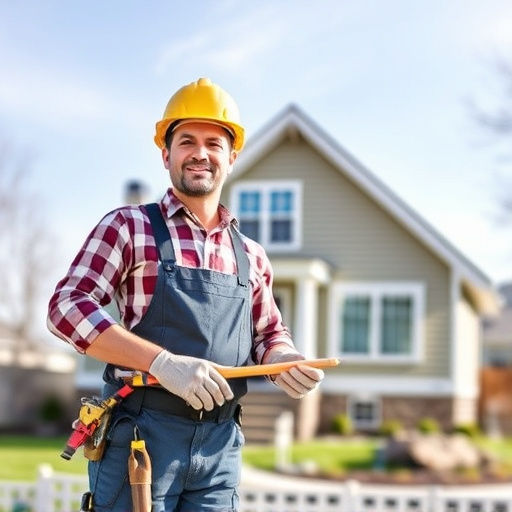
Wind turbines offer a sustainable energy solution that can be seamlessly integrated into various construction design plans. Their suitability extends across different types of buildings, from residential to commercial structures. For homeowners considering home renovation or whole house remodels, incorporating vertical or horizontal axis wind turbines can significantly contribute to energy efficiency goals. These renewable energy sources are particularly well-suited for areas with consistent wind patterns, enabling a reduction in reliance on traditional power grids.
In the realm of construction design, architects and engineers can customize work to accommodate wind turbine installation, ensuring optimal performance while maintaining aesthetic appeal. Whether as standalone structures or integrated into building facades, wind turbines enhance the overall eco-friendliness of a project. This trend towards green architecture not only benefits the environment but also positions properties as innovative and forward-thinking, appealing to environmentally conscious occupants and potential buyers.
Incorporating energy-efficient features into construction design plans is not just an environmentally conscious choice, but also a strategic decision that enhances building performance and reduces operational costs. Integrating renewable energy sources like solar panels and wind turbines offers sustainable solutions tailored to specific construction types and sites. By strategically placing these technologies, builders can optimize energy generation while minimizing environmental impact. Embracing these innovations in construction design plans paves the way for more eco-friendly, cost-effective, and future-proof buildings.
